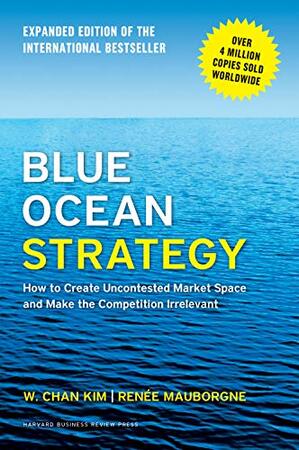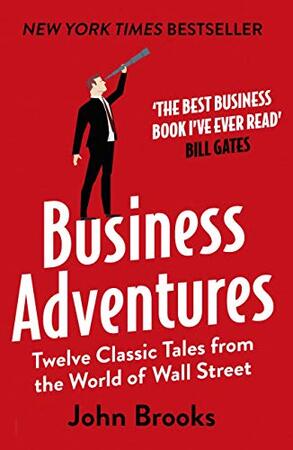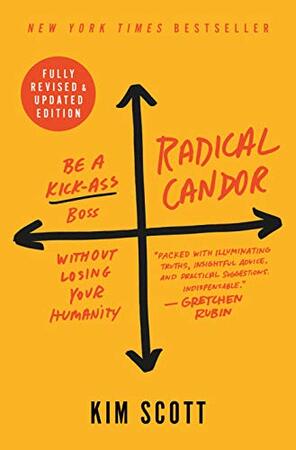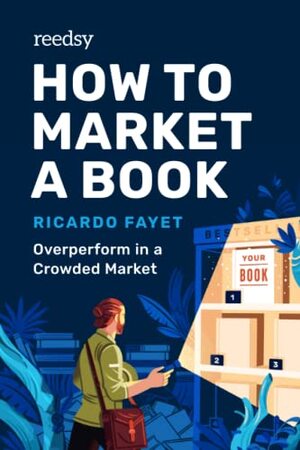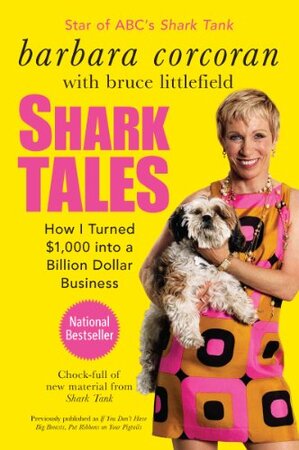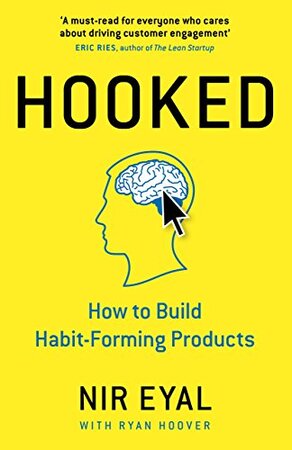
Hooked – How to Build Habit-Forming Products
“Hooked: How to Build Habit-Forming Products” is a groundbreaking book written by Nir Eyal that delves into the psychology behind creating products and experiences that form addictive habits in users. Drawing from extensive research in consumer psychology, behavioral economics, and neuroscience, Eyal provides a comprehensive framework and actionable techniques for designing products that captivate users and keep them coming back for more.
The book begins by exploring the fundamental principles of habit formation and the Hook Model, a four-step process that drives user engagement. The Hook Model consists of four stages: Trigger, Action, Variable Reward, and Investment. Eyal breaks down each stage and provides real-world examples of how successful companies have leveraged these principles to build habit-forming products.
In the Trigger phase, Eyal explains the importance of creating external and internal triggers that prompt users to engage with a product. External triggers are cues in the user’s environment, while internal triggers are emotions and thoughts that prompt action. By understanding the triggers that influence user behavior, product designers can create effective hooks.
The next stage is Action, where Eyal discusses the importance of making the user’s desired behavior as easy and frictionless as possible. He highlights the significance of reducing barriers and providing clear instructions to encourage user adoption. Eyal also emphasizes the role of feedback loops in reinforcing user actions, allowing them to see the immediate impact of their behavior.
The Variable Reward phase explores the concept of providing unpredictable and gratifying rewards to users. Eyal explains the psychological mechanisms behind variable rewards and how they create anticipation and motivation. He provides strategies for incorporating variable rewards into products, such as using social validation, progress tracking, and personalization.
Finally, the Investment phase focuses on fostering user commitment and increasing the likelihood of future engagements. Eyal discusses the concept of users investing time, effort, data, or money into a product, making it more challenging for them to abandon it. He explores techniques for encouraging user investment and building long-term loyalty.
Throughout the book, Eyal emphasizes the ethical considerations of creating habit-forming products. He encourages product designers to use their skills responsibly and avoid exploiting users’ vulnerabilities. He also provides guidance on balancing user needs and business goals, ensuring that habit-forming products provide genuine value and benefit to the users.
In addition to the Hook Model, Eyal discusses various practical techniques and case studies that illustrate how companies have successfully implemented these principles. He covers topics such as habit testing, habit-forming metrics, and habit-forming design patterns. Eyal also addresses the challenges of habit formation and provides guidance on how to iterate and improve products based on user feedback.
“Hooked” is a thought-provoking and informative book that offers valuable insights into the psychology of user behavior and the design of habit-forming products. It provides a practical roadmap for product designers, entrepreneurs, and marketers seeking to create engaging and successful products in today’s digital landscape. By understanding the psychological triggers that drive user behavior, readers will gain the knowledge and tools needed to build products that users love and can’t put down.


